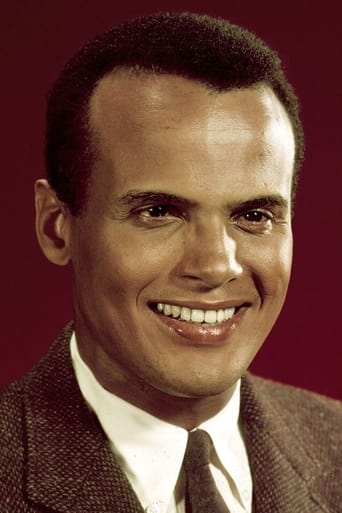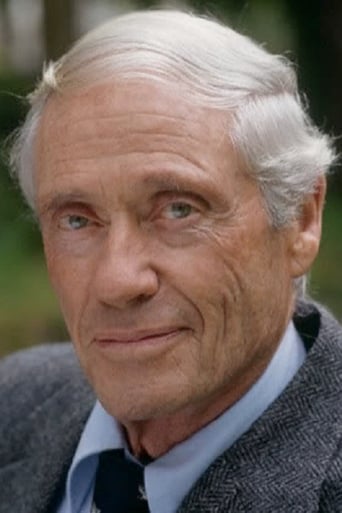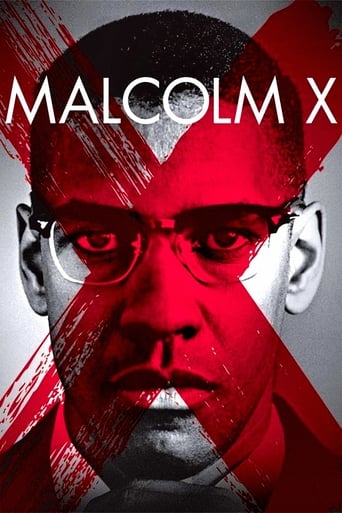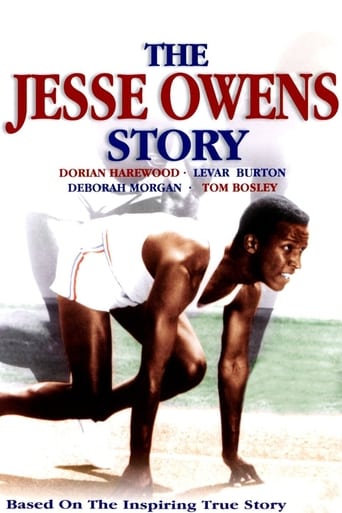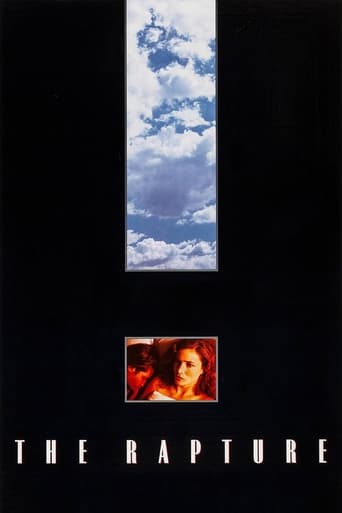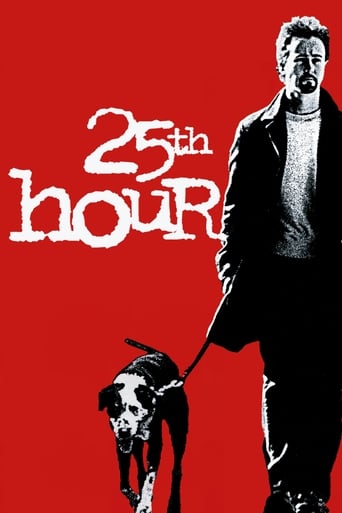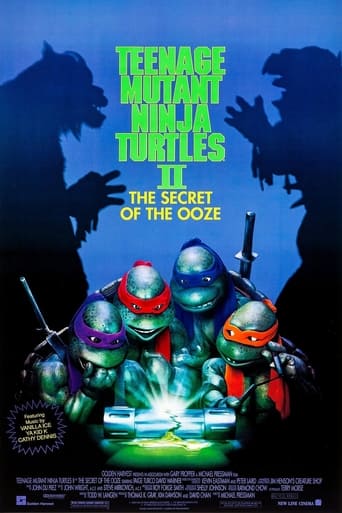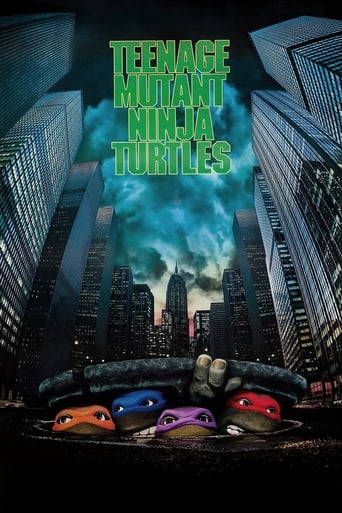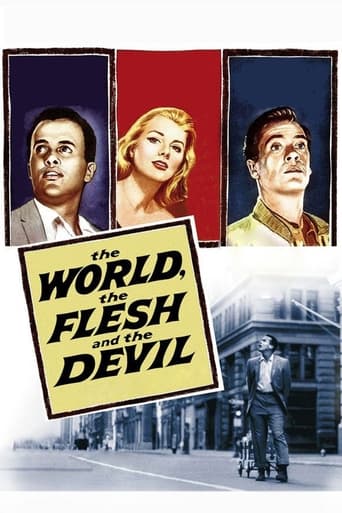
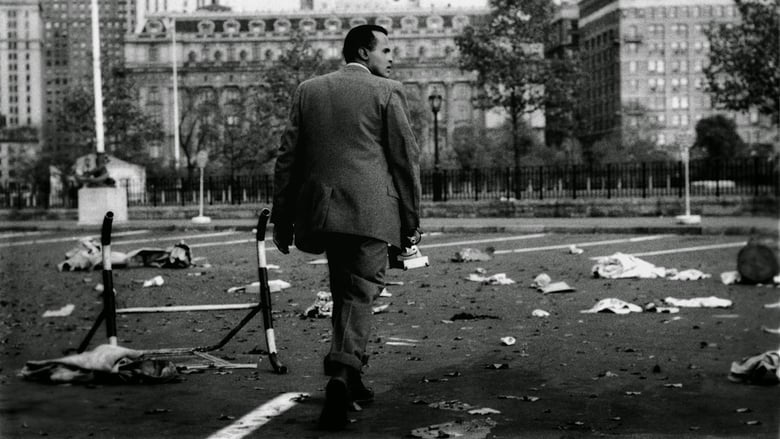
The World, the Flesh and the Devil (1959)
Ralph Burton is a miner who is trapped for several days as a result of a cave-in. When he finally manages to dig himself out, he realizes that all of mankind seems to have been destroyed in a nuclear holocaust. He travels to New York City only to find it deserted. Making a life for himself there, he is flabbergasted to eventually find Sarah Crandall, who also managed to survive. Together, they form a close friendship until the arrival of Benson Thacker who has managed to pilot his small boat into the city's harbor. At this point, tensions rise between the three, particularly between Thacker, who is white, and Burton, who is black.
Watch Trailer
Cast


Similar titles
Reviews
Its most basic flaws are its awkward, clumsy attempts to make a social statements - about race and humanity - which are unearned by the depth of its exploration. However, given the fact that the movie was released years before the Civil Rights Act was signed by President Johnson in 1964, we should probably cut the film-makers some slack for their early effort. It is a shame though that such a tantalizing subject - being the last person(s) on the planet, and the root causes of such a predicament - is so muddled.Though it was clearly intended, the story doesn't quite succeed in communicating its forewarning message(s) to/about mankind because it's too narrowly and inadequately (per the censors and/or fears of audience reaction?) focused on racism.The film's strengths are its depictions of a post apocalyptic world and some of its character's actions that follow, but the producers' (Harry Belafonte among them) tunnel vision caused them to give short shrift to the other 'big picture' issues.This movie has to have been one of the first 'last man on earth' sci-fi dramas. It precedes the three movies based on Richard Matheson's novel I Am Legend, and was obviously a model for them since many of the scenes and props are so similar. Mannequins as companions and the use of a short wave radio to contact other survivors are among the staples not previously listed.After being trapped underground for nearly a week, a miner (Belafonte) emerges to find that he's seemingly the only person left alive on the planet. From Pennsylvania, he makes his way to Manhattan where he finds deserted streets, except for the exit routes - which are clogged with empty automobiles - on the edges of the city. No bodies are to be found anywhere. He enters a radio station which is still running on backup power and learns about the fate of civilization via an audiotape recording: nuclear isotopes were released in the atmosphere, the resulting clouds circled the globe killing everyone within five days but then disappeared without leaving any residual radioactive danger. After expressing some grief and anger, this 'last man' busies himself by outfitting a penthouse apartment with various amenities including generator electricity while he rescues various cultural valuables from deteriorating libraries and museums.Enter a woman (Inger Stevens). She has been watching him without revealing herself until he, frustrated by his loneliness, throws an ever smiling mannequin out of his apartment's window and she screams, assuming that he's just committed suicide. Hearing her shriek, he rushes to meet her and they have a rather unbelievable conversation. Initially, she is credibly frightened of him, but then both are rather standoffish given their situation. Over the passage of some time during which he provides her apartment with electricity and installs a telephone between them, they become platonic friends.Then it is her - not him - that mentions the possibility of a closer (e.g. sexual) relationship, but it's him - not her - that declines, citing their differences in race. In a role similar to those that were or would be played by Sidney Poitier, Belafonte plays the noble chaste black man; it is he that enforces the separation between himself and the white woman. This conflict causes their separation. Weeks pass until their reconciliation - a birthday celebration for her - but it's filled with contradictions: he gives her a gigantic diamond, creates a romantic candle-lit dinner environment complete with a custom record he'd made that includes his singing a love song but then, despite her invitation, he refuses to join her and instead insists on assuming a stereotypical waiter role.The third act in the drama involves the discovery of another male survivor (Mel Ferrer), who'd been boating for six months presumably in search of others; it's never explained how he managed to survive the holocaust. The boatman collapses from exhaustion, so Ralph (Belafonte) and Sarah (Stevens) work together to nurse him back to health.Once on his feet, Ben (Ferrer) is direct and unapologetic about his sexual desire for Sarah; he also senses her love for Ralph. But even though Ralph intentionally stays out of the way, doing his best to facilitate the other two's relationship, Ben comes to view the presence of the all too perfect handyman as a threat.Viewing Ralph as an 'opponent' that needs to go away, Ben tries to force a showdown. From here, the drama gets even sillier: a chase that beckons The Most Dangerous Game (1932) etc. is on - with Ben claiming the high ground, shooting his rifle from atop the skyscrapers, while a reluctant (though now armed) Ralph runs below among the streets. An aimless Ralph comes to the United Nations where he reads this inscribed passage:THEY SHALL BEAT THEIR SWORDS INTO PLOWSHARES. AND THEIR SPEARS INTO PRUNING HOOKS, NATION SHALL NOT LIFT UP SWORD AGAINST NATION. NEITHER SHALL THEY LEARN WAR ANY MOREHe then throws down his weapon and confronts Ben, telling him to drop his weapon and saying that "it's all over". After a brief scuffle, Ben asks why Ralph won't fight and prepares to shoot him at point blank range but can't saying "if you were afraid, I could do it" before walking away. Seeing this, Sarah approaches Ralph and finally gets him to take her hand. She then calls to Ben "wait for us" and, after the camera angle changes to a birds-eye view, the (Miklos Rozsa) score's volume rises as the words THE BEGINNING appear on screen.
This is not a dull movie but when you really examine the plot it makes little sense.What happened to all the people killed by radiation? They wouldn't just vanish. Evacuating everyone from a huge city like New York seems impractical. Where would they all travel to?Why would a guy who's got experience with mines and power supplies not even think to try the tap water in an apartment vs. lugging water upstairs? People would automatically at least turn a spigot once.Why are so many guns tossed away in temporary fits of disgust? In a future like that, people would horde guns for self defense against the dark forces. Or at least hunting, if any animals survived.Last but not least, why would that same (black) guy, in proximity to an extremely shapely white woman, make race such an issue with almost nobody else around to care? Good grief, man, just go for it!I found this film too tunnel-visioned to be realistic, given the circumstances of its setting. It forced a narrow, racial concern into a world where it no longer applied. But it's well made enough to be worth watching. The ambiguous ending is also interesting, though its practical implications are risqué.
Wow, this must be one of the most "ahead of their time" movies ever made! Back in a decade where the Sci-Fi genre almost exclusively existed of cheesy outer space invasion movies and tacky B-monster flicks, "The World, the Flesh and The Devil" brings an emotionally devastating and deeply discomforting portrait of a post-apocalyptic big blue marble. Richard Matheson wrote his hugely famous novella "I Am Legend" five years earlier in 1954 already, but this is cinema and also very different & innovating. Matheson's tale, which received three major film versions over the years, is primarily a Sci-Fi spectacle with the last man on earth battling against mutant creators or albino vampires, whereas this is merely a socially engaging drama unafraid to cover taboo topics like interracial rivalry, cultural differences, selfishness and mental collapsing. Quite courageous and ambitious aims for a low-budgeted movie, and I don't at all intend to claim "The World, the Flesh and the Devil" is a masterpiece or anything, but it's definitely an intriguing and praiseworthy effort with a reasonable amount of monumental sequences, horridly void locations and great acting.After being trapped in a collapsed mine for five days, the optimistic (as he keeps serenading) and colored Ralph Burton gives up hope of being rescued and digs his own way out. To Ralph's astonishment, there's not a living soul in sight and even the giant city of New York is godforsaken. Following a reluctant process of accepting his position, Ralph courageously begins to rebuild his own private civilization with decorated buildings, electricity generators and even mannequin dolls for company. Then Sarah Crandall, another and female survivor, appears and the two build up a tight friendship even though Ralph maintains an unnatural distance between them. Several weeks and minor incidents later, a third survivor literally sails onto dry land and, like the ancient expression says, three's always a crowd. The while and confident Benson Thacker clearly intends to make advances with Sarah and sees a threatening competitor in Ralph. Talk about hopelessness when even the last three survivors can't even get along!Particularly the first hour of "The World, the Flesh and the Devil" is very solid. The footage of Ralph wandering around the empty streets of NY in despair, or the sequences where he desperately tries to radio-contact others but eventually reverts to talking to plastic dolls, are unimaginably powerful. The romantic tension between him and Sarah as well result in a handful of superb moments, especially since director Ranald MacDougall genuinely generates the impression that they really are the last ones left and thus mankind's final hope for survival. Unfortunately, but like the title slightly forebodes already, the film eventually becomes too lyric, morally preachy and overly symbolic. The three main (and only) characters gradually alter into walking, talking exemplifications of their values and beliefs and their behavior simply isn't plausible. I just cannot believe that Ralph would react the way he does to certain situations, regardless of the fact he's black and presumably lived a life of oppression before the day of the apocalypse. Speaking of which, apart from the emptiness on city streets, there are very little signs indicating the end of the world. The areas are clean, the buildings are intact and there are no traces of possible mass hysteria. It is hinted that sodium clouds of dust caused the total annihilation of mankind, but it looks more like all humanity just vaporised into thin air. Shouldn't there be small piles of ashes and remnants of clothes all over the streets, or something? Obviously, the lack of horrific images and special effects in general are due to budgetary restrictions. Heck, the excessively moralist speeches are probably also meant to divert the attention from typical Sci-Fi scenery and stunt work. The final 15-20 minutes are quite preposterous, I must admit, but if you have a far-ranging sense of humor, you might still appreciate it. There's actually quite a lot of humor in "The World, the Flesh and the Devil", albeit it's often very repressed and dry. All the typical 'last man on earth' jokes pass the revue, but they're quite funny, like when Ralph rejects Sarah's proposal of moving in together by saying "the neighbors might talk". Good old Harry Belafonte is excellent in one of the only lead performances of his career and literally overpowers his male opponent, veteran and multi-versatile actor Mel Ferrer. Inger Stevens is simply ravishing. It's a damn shame she committed suicide at the age of 36; barely 11 years after the release of this film. In spite of some defaults "The World, the Flesh and The Devil" is a definite must-see for fans of intelligent Sci-Fi and extra suggested for people who saw and loved all the other entries in the "Last Man on Earth" sub genre.
One of my all-time favorite comedies, THE WORLD, THE FLESH, AND THE DEVIL starts with crooner Harry Belafonte getting trapped in a cave-in. He settles in for the long haul, calling out for help from time to time before finally lapsing into song. I kid you not: trapped underground and running low on oxygen (one assumes), he starts belting out an acapela number. (Well, if you were a singer and you were mere minutes away from asphyxiation, what would you do...?) Unfortunately, he gets up off his butt and starts digging and- lo and behold- finds daylight. Like the characters on the teleseries GILLIGAN'S ISLAND, he manages to cobble together just about every convenience known to modern man before being stalked by Inger Stevens. There's the "relevant" talk of degrees of separation, et al, before everybody links arms and skips off down the yellow brick road. I give this one four stars because some of the shots of a deserted New York are impressive to see; other than that...


